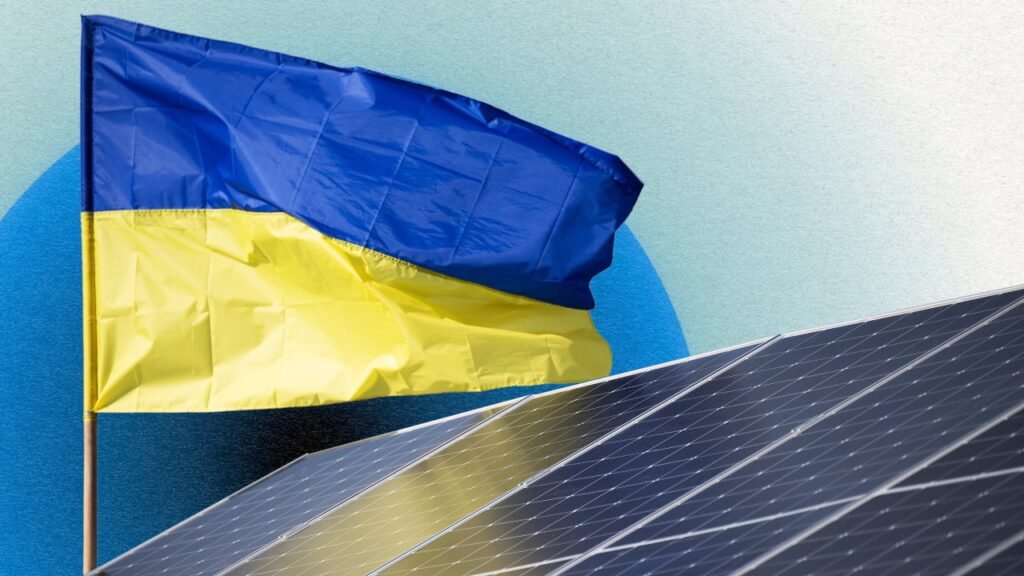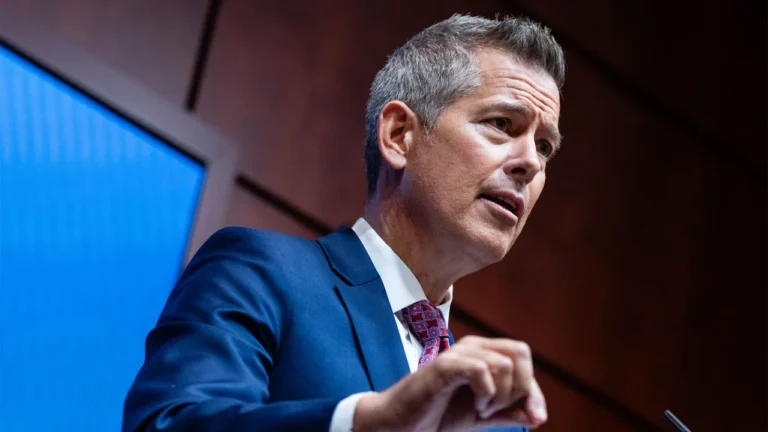
Since the start of the war in Ukraine, Russia has persistently targeted attacks on power grids and energy infrastructure, often leaving whole communities in the dark. In response, a transformation is happening across the country, as war has forced Ukrainian society to quickly pivot to—and start innovating in—finding renewable energy solutions that can keep the power on in the face of continued infrastructure bombings.
Ukrainian communities are prioritizing energy security
Communities across Ukraine are becoming energy secure and energy independent: adding solar power stations to schools, hospitals, and homes; backing up that solar with battery storage capacity; and switching to more energy efficient heating and cooling with heat pumps and insulation. This is happening across Ukraine in response to the war and the years of large-scale attacks on power grids and energy infrastructure, which Russia continues to this day.
Cities and communities across Ukraine—from Kyiv and Horenka to Rivne and Zviahel to Lviv and Sheptytskyi—are scaling up this energy-secure trifecta wherever possible. And it’s paying off both in energy independence and economic savings; in many cases, these critical upgrades are cutting annual energy bills in half or more.
Hospitals have become the natural first stop for these kinds of upgrades since attacks to power grids and resulting blackouts jeopardize medical safety and medical procedures. The advanced Unbroken medical facility in Lviv, for example, which treats many of the veterans and victims of the war, is rapidly covering its many roofs with solar power and filling its basements with batteries so that its patients are protected from further energy insecurity and instability during surgery or recovery processes.
School facilities have become a second stop for upgrades since their energy footprint is both substantial and switchable—meaning there’s usually ample roof space for a quick solar retrofit. Since schools also come with a sizable building footprint, they’re often utilized as bomb shelters for the community, which makes the energy secure retrofit even more essential and life-saving.
Multifamily housing units—e.g., homeowners associations (HOAs) in bigger cities like Kyiv and dormitories in cities like Zviahel for internally displaced persons from the war—have also become easy retrofits, transforming roofs into solar stations, backyards into heat pump housing, and basements into battery storage facilities.
These HOA retrofits have been so successful at the local level, the national association of homeowners may soon become the organizing mechanism for more of these whole-system energy security retrofits, coordinating a national campaign across the country.
Ukrainian industry is transforming
Communities across Ukraine are seeing the future of industry—and where the job markets are headed—and readying the renewable workforce of tomorrow. They understand where the market is going, especially in a country like Ukraine that is quickly transitioning to a more energy secure future. Which is why they’re launching training centers and school programs to teach Ukraine’s youth in renewable energy technology.
This is happening in coal mining towns like Sheptytskyi, where youth are learning how to build, operate, and repair solar panels and wind turbines, batteries, heat pumps, and more. Call it a just transition, or just call it smart business modeling. This is forward-thinking planning that could easily envision a future Ukraine that is exporting this industrial expertise and clean energy products across Europe and Asia.
Utilities are also transforming their industry to meet the moment. Water utilities in places like Rivne are realizing that in order to sustain their business model of providing clean and accessible water to communities, solar power stations must be an integral component of their business strategy.
In order to ensure that drinking water is available to residents 24/7, and free from the all-too-common blackouts that come with wartime and aging infrastructure, water utility managers are becoming powerful messengers for more solar power stations across Ukraine and unlikely leaders in the clean energy transition.
Leading innovation locally
In response to the war effort, cities across Ukraine have had to give up a sizable chunk of their tax revenue to the national government and as a result have had to become resourceful in thinking about local innovation, leadership, and autonomy. This is another reason to do all of the above—from pursuing energy security to supporting a local clean tech industry—because nothing is guaranteed in terms of national government support during wartime.
This dynamic has also led to the emergence of a new kind of local leadership that is rising to the occasion. Local mayors and their deputies are making the compelling case for the energy security and clean tech industry identified above, building new trust and momentum within the community at a time when it’s desperately needed.
Now, these three trends above are all positive developments, even if they’re in response to an awful and devastating war. But for them to be sustainable and scalable to other communities across Ukraine who are desiring the same level of energy security and independence, viable new clean tech industry, and local autonomy, foreign aid dollars and technical support flowing into the country need to be configured accordingly.
As is often the case with aid dollars and technical support from Western countries during wartime—a dynamic that was visible in the wars in Iraq and Afghanistan, for example—those funds often go to larger foreign contractors and consultants versus local organizations doing the work on the ground. As a result, those aid dollars and technical expertise end up leaving the country instead of building and strengthening local capacity for postwar leadership and long-term viability.
For these gains to be sustainable, more foreign aid and support needs to stay in Ukraine versus leaving it, building new capacity, industry, and infrastructure. That’s how the West helps Ukraine achieve the security, independence, industry, and autonomy it’s looking for.
Much of the existing work is already being driven by strong leaders on the ground who want to build a more resilient Ukraine. Now just imagine what good could be done if U.S. funders stepped up to really scale this work nationally. And imagine if funders within the European Union seized this moment to help Ukraine’s accession to the EU be a role-modeled one, of a country that is retrofitting to be more climate resilient.
That’s the opportunity in Ukraine. To leapfrog into a country that is energy secure and independent, leading the clean tech industrial revolution, and supporting local leaders and autonomy in the process. The West can support this vision. It’s waiting to be realized.






